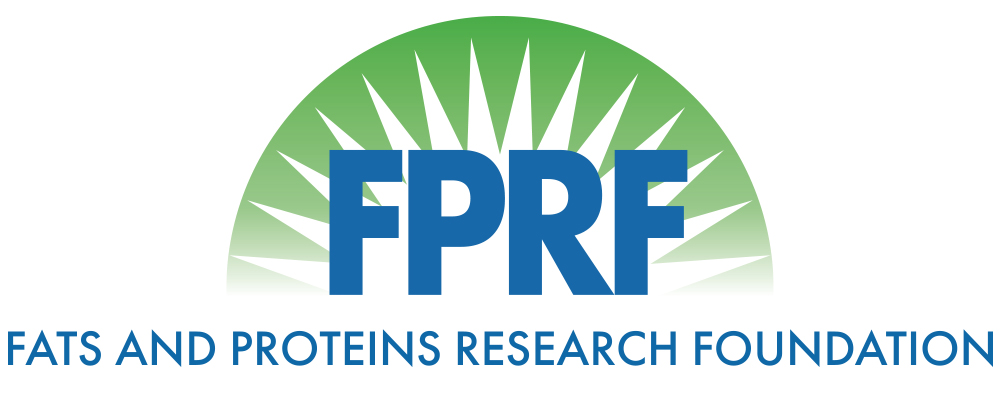Use of Animal By-Product meals in Zero Exchange Feeds for Shrimp
Use of Animal By-Product meals in Zero Exchange Feeds for Shrimp
Principle Investigator:Albert G.J. Tacon
Year:2006
Objective:The goal and long term objective of this research project is to improve the economic viability and sustainability of marine shrimp culture operations within the U.S. and globally through the development of cost-effective fishmeal-free feeds using terrestrial animal by-product meals as the main protein source for the Pacific white shrimp Litopenaeus vannamei; total farmed shrimp production was reported as 3.275 million tonnes in 2007 and valued at over US $ 13.4 billion (FAO, 2009; http://www.fao.org).
Lay Summary/Industry Summary:
The results clearly show the nutritional and economic efficacy of totally replacing fishmeal and squid meal within commercial shrimp feeds by using:
Feed grade poultry byproduct meal (60/10.9/15.9/5.6 CP/EE/Ash/Moisture): up to a dietary inclusion level of between 20 and 25% of the total diet (treatment 3 and 4), with supplemental methionine, and increasing dietary soybean levels from 16% to between 20 and 25%, with ingredient cost savings of between 5.7 and 7.9% compared with respect to a similar diet containing 8% fishmeal and 2% squid meal.
Hydrolyzed feather meal (83.7/5.3/1.2 CP/EE/Ash): up to a dietary inclusion level of 5% (treatment 7) of the total diet, with supplemental lysine and methionine, and decreasing dietary soybean levels from 16% to 14% , with ingredient cost savings of 5.2% compared with respect to a similar diet containing 8% fishmeal and 2% squid meal. Surprisingly, shrimp fed the same diet with no supplemental amino acids showed no significant differences in final body weight or feed efficiency with animal fed the supplemented diet, with consequent ingredient cost savings of 8.4% compared with a diet containing 8% fishmeal and 2% squid meal.
Spray dried blood meal (88.8/0.9 CP/EE): up to a dietary inclusion level of 2.5% of the total diet, with supplemental methionne, and increasing dietary soybean levels from 16% to 20%, with ingredient cost savings of 6.5% compared with respect to a similar diet containing 8% fishmeal and 2% squid meal.
Meat & bone meal from pure beef (50/10.5/28.7/3.5): results with 5% meat and bone meal were disappointing, with shrimp displaying significantly lower final body weight (P<0.05) compared and poorer FCRs compared with the other treatments.
The results obtained with rations devoid of all marine protein and lipid sources were disappointing, with the best results obtained with the diet containing 30% poultry byproduct meal and 1% blood meal with supplemental lysine; the other treatments displayed significantly reduced shrimp growth and feed efficiency compared the control diet. Surprisingly, there was no significant difference between shrimp fed diet 12 and 13; the former containing a complete vitamin and trace mineral premix and the latter containing no vitamin or mineral premix. It is also important to note that treatment 13 also recorded the highest floc concentration within experimental tanks.
Finally, as expected, shrimp reared in running water displayed the worst growth response and feed efficiency compared with shrimp fed the same diet under zero-water exchange conditions. However, it is also important to note that the water temperature within the clear running water tanks were at least 2 degrees lower than tanks with a zero-water exchange management systemz
